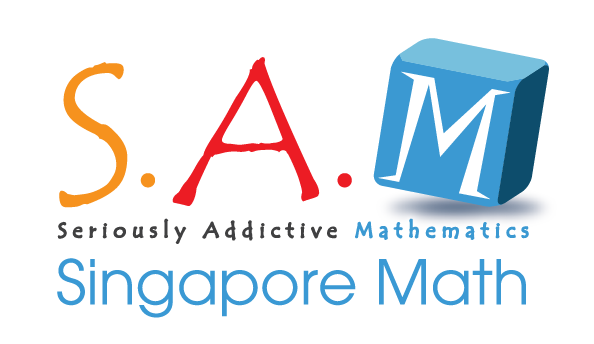NEWS
Early 1980s: A team from the Curriculum Development Institute of Singapore, set up in 1980 to develop good-quality teaching and learning materials, studies the problem of low numeracy and basic mathematics skills among Singapore pupils.
Singapore researchers are intrigued by learning theories in the United States, including psychologist Jerome Bruner's theory in the 1960s that people learn in three stages: first, by using real objects; then, by using pictures; and finally, by using symbols.
Based on this, Singapore researchers devise techniques such as the model method - the use of bar drawings that visually represent quantities.
1990s: American educators take notice after Singapore students register as top performers in the 1995 and 1999 Trends in International Mathematics and Science Study, a global study by the International Association for the Evaluation of Educational Achievement.
2000: Schools in the United States begin piloting the use of Singapore maths textbooks.
2002: Primary 1 and 2 pupils in over 100 Israeli schools start using Singapore maths textbooks.
2007: The state of California in the US endorses the use of made- in-Singapore maths textbooks in 5,700 elementary schools.
2014:Reports emerge that 10 countries are using customised textbooks based on Singapore maths. The books are published by Marshall Cavendish Education.
2017: The textbooksare being trialled in 70 British primary schools by the Department for Education for two years. With additional funding from the British government, the Singapore style of teaching is projected to reach up to 8,000 primary schools in Britain over the next few years. A total of 14 countries are now using Marshall Cavendish maths textbooks.
Read full article here: http://www.straitstimes.com/singapore/education/singapore-maths-travelling-the-globe
For more information visit our Facebook Page
